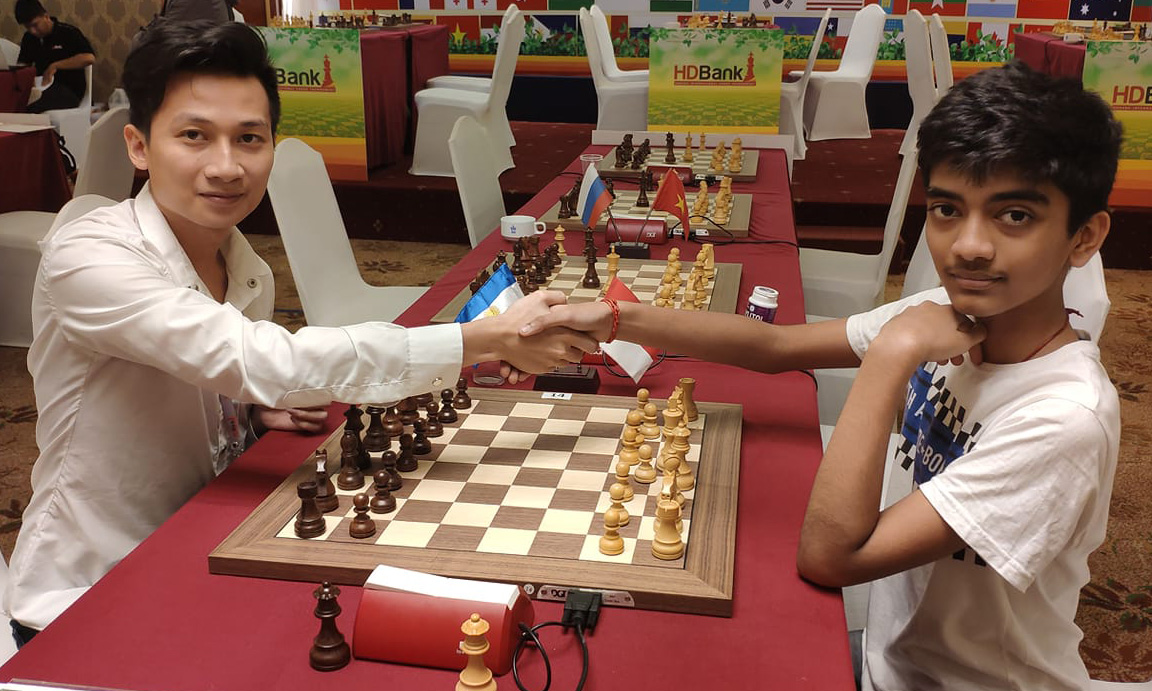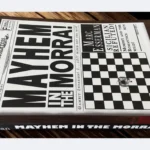Master the Ruy Lopez (or Spanish Opening), an opening of tension, subtle threats, and long-term strategy. Learn plans, traps, and when to strike in this classic e4 battle.
It begins:
- e4 e5
- Nf3 Nc6
- Bb5
The Opening Dialogue
White whispers confidently:
“I’ll clamp down on your center. Your e5 pawn is mine, or at least, I want you to think it is. I’ll build up pressure, expand later with d4, and maybe sneak in c3 first for backup.”
Black responds coolly:
“You can try. I’m not here to dominate. I’m here to match you step by step. The moment you overextend, I’ll crash in and seize control.”
What Happens Next?
From here, it’s a duel of subtlety. The e-pawns on both sides become the battlefield. But here’s the twist: White’s not yet actually threatening the e5 pawn. A premature capture loses to a Queen fork. (For example, Qd4 to attack both knight on e5 and pawn on e4).
So Black plays the flexible:
3… a6
This move keeps options open, especially unpinning the knight when necessary.
4. Ba4 Nf6
Black develops while still keeping options on the queenside.
5. 0-0
White castles, and now the e5 pawn is truly under threat.
5… Be7
Black avoids the Open Variation (where Nxe4 leads nowhere) and calmly defends.
6. Re1
White reinforces the center and renews the pressure.
6… b5
7. Bb3 d6
With the tension stabilized, White often plays c3, preparing d4 to challenge the center.
Plans & Tricks
Ideas for White:
- Always look for clean chances to snatch e5, especially if Black clumsily plays d5 too early.
- Avoid playing Nc3 before d4. Better: c3 first, then d4, then Nc3.
- Explore the Knight maneuver: Nbd2–Nf1–Ng3–Nf5 (or Ne3–Nd5), aiming at juicy squares.
- If Black plays an early Bc5, consider striking with Nxe5, followed by d4.
- Before Black castles, sacrifices involving e5 can catch his King exposed on the e-file.
- Learn the Noah’s Ark Trap: if White captures on d4 too early, Black’s c5/c4 push can trap the light-square Bishop.
Ideas for Black:
- Keep your e5 pawn under lock. Especially avoid d5 while White’s Bishop is lurking on b5/a4.
- Be cautious about grabbing e4 too early, especially with your King still uncastled. Tactics loom large.
- If you play mainline Ruy Lopez, get the move order right, it matters.
- In the middlegame, look for central breaks with c5 or d5 to punch back.
- In the Exchange Variation, preserve your Bishops, pawn endings are bad news.
- Want to fight fire with fire? Try the aggressive Schliemann Defense: 3… f5.
Branching Paths
The Steinitz Defense
- e4 e5
- Nf3 Nc6
- Bb5 d6
Often chosen by players who fear e5 is under fire. It’s solid but stuffy. Best response?
4. d4, grabbing central space. Then after Bd7, White should calmly continue development with Nc3. Don’t rush d5, build up first.
The Classical Defense
- e4 e5
- Nf3 Nc6
- Bb5 Bc5
An offbeat line often seen at amateur levels. White responds with c3 and d4, sometimes preceded by 0-0. If Black plays this early Bc5, White can quickly consider Nxe5, followed by d4. Strong and direct.
The Berlin Defense
- e4 e5
- Nf3 Nc6
- Bb5 Nf6
Super solid. White usually castles:
4. 0-0
Now Black can go d6, entering a Steinitz-like line, or play Nxe4. If the latter, White regains the pawn immediately with Re1 or enters the sharper lines with d4. But beware, tactics around the e-file get wild quickly.
The Exchange Variation
- e4 e5
- Nf3 Nc6
- Bb5 a6
- Bxc6 dxc6
Ideal for lovers of clean positions and strategic battles. From here:
- 5. d4 exd4 6. Qxd4 Qxd4 7. Nxd4 gives White a small but lasting edge in simplified endgames.
- Alternatively, Nc3, d3, or simply 0-0 are all fine too, letting Black show how he plans to protect e5.
The Open Variation
- e4 e5
- Nf3 Nc6
- Bb5 a6
- Ba4 Nf6
- 0-0 Nxe4
White can respond with the practical Re1, but most dive into:
6. d4 b5
7. Bb3 d5
8. dxe5 Be6
Black gets activity, but has long-term structural issues: a loose queenside and an under-defended King. Ideal for tacticians.
The Closed Variation
- e4 e5
- Nf3 Nc6
- Bb5 a6
- Ba4 Nf6
- 0-0 Be7
- Re1 b5
- Bb3 0-0
- c3
From here, Black can:
- Go bold with d5 – the famous Marshall Gambit, sacrificing a pawn for rapid piece play.
- Or play safe with d6.
Afterwards, White often sneaks in h3 (to stop Bg4) before pushing d4.
Final Thought:
The Ruy Lopez isn’t flashy. It’s not about sudden fireworks.
It’s a masterclass in tension, precision, and long-term planning. It doesn’t seek to win quickly, it seeks to win properly.
You’re not rushing. You’re out-maneuvering.
You’re not throwing punches. You’re tightening the net.
And if you do it right, your opponent will feel the pressure long before you deliver the final blow.

I’m Xuan Binh, the founder of Attacking Chess, and the Deputy Head of Communications at the Vietnam Chess Federation (VCF). My chess.com and lichess rating is above 2300. Send me a challenge or message via Lichess. Follow me on Twitter (X) or Facebook.







3 thoughts on “Master Ruy Lopez Opening: Slow Build, Devastating Results”
Comments are closed.